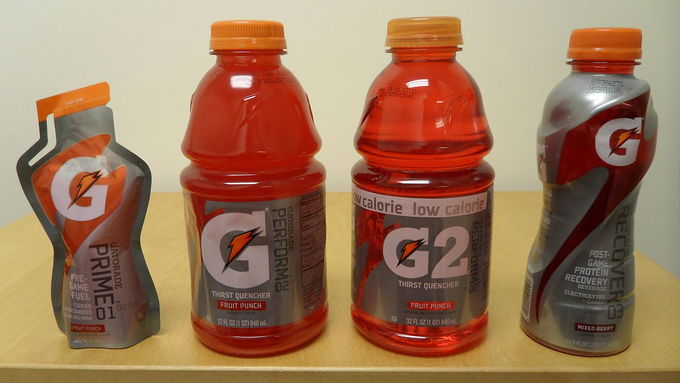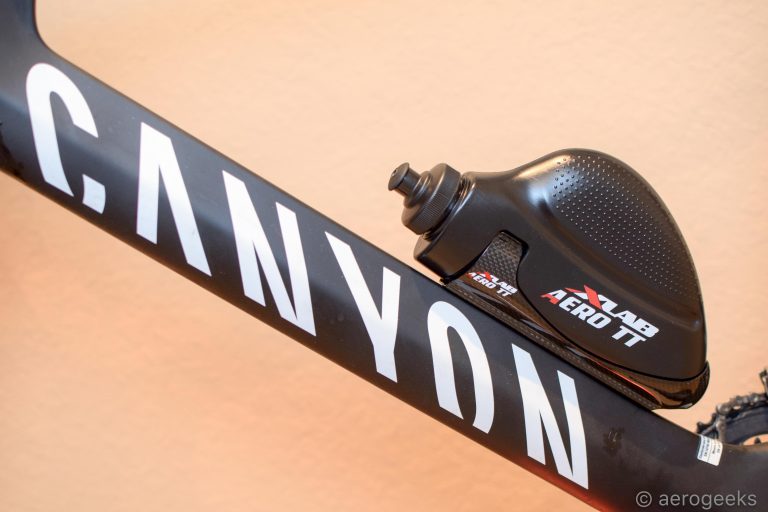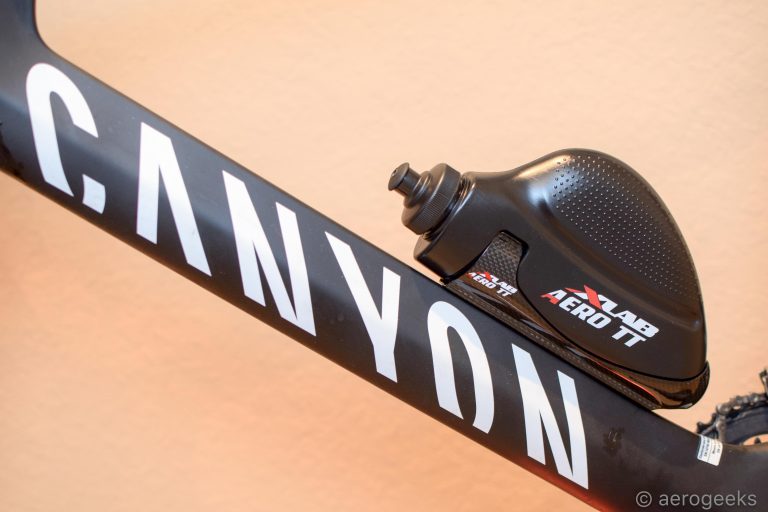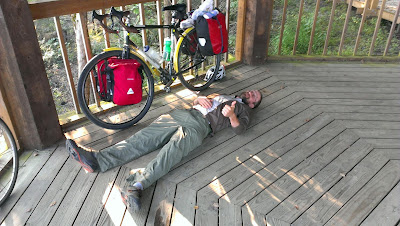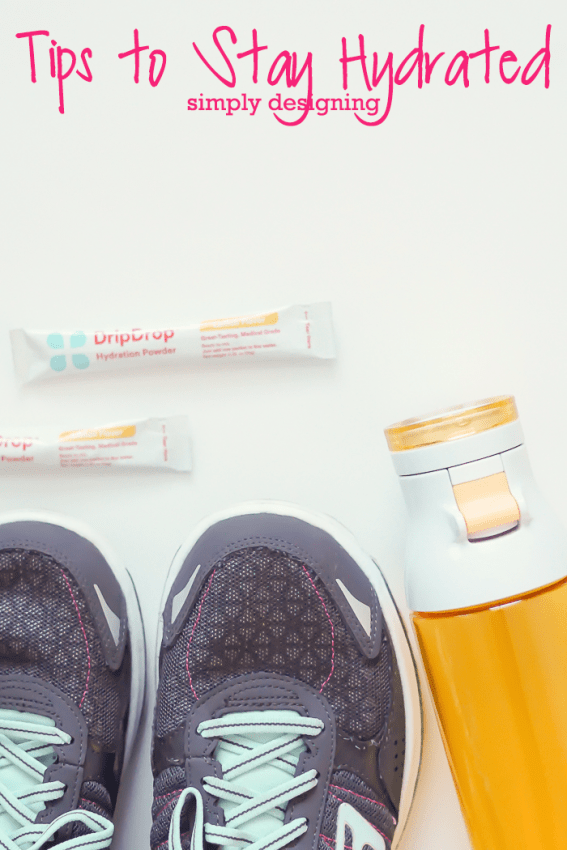“`html
Hydration Tips for endurance cyclists: Mastering Your fluid intake for optimal performance
Introduction
Hydration tips for endurance cyclists are crucial for anyone looking to enhance their cycling performance. Proper hydration enhances performance, ensures safety, and aids in quicker recovery. Whether you’re a beginner cyclist seeking to improve your stamina or a seasoned rider preparing for a long-distance cycling event, mastering your hydration strategy is as vital as understanding cycling performance metrics or keeping up with bike maintenance tips. In this article, we’ll explore hydration strategies that will help you maintain electrolyte balance, optimize fluid intake, and prevent dehydration.
Understanding the Importance of Hydration in Cycling
Cycling is a strenuous activity that demands a lot from your body. The longer and more intense the ride, the more critical hydration becomes. A well-hydrated body helps regulate body temperature, maintains proper muscle function, and improves overall endurance. On the other hand, inadequate water consumption can lead to severe dehydration, cramping, fatigue, and even heatstroke.
The Role of Electrolyte Balance
Electrolytes like sodium, potassium, and magnesium play a vital role in muscle contraction and nerve function. During intense or extended cycling sessions, you lose these electrolytes through sweat. To maintain optimal balance, incorporate sports drinks into your fluid intake. These drinks offer a blend of carbohydrates and electrolytes, ensuring that both energy and hydration levels are sustained throughout your ride.
Developing Your Cycling Hydration Strategy
Crafting an effective hydration strategy is a multi-step process that involves understanding your body’s needs, choosing the right products, and executing a plan that can adapt to various cycling conditions.
Pre-Ride Hydration
Before embarking on a long-distance cycling trip, it’s essential to start hydrating well in advance. Aim to drink about 16-20 ounces of water at least two hours before your ride. This ensures your body is well-hydrated and decreases the risk of starting your ride already in a deficit.
During the Ride
While riding, aim to consume anywhere from 20 to 32 ounces of fluids per hour, depending on your sweat rate and the temperature conditions. Use a combination of water and electrolyte-rich sports drinks. Hydration packs can be handy for ensuring that you have adequate fluids on hand. Monitoring your fluid intake and adapting based on your performance can make a significant difference.

Post-Ride Recovery
Hydration doesn’t stop once you dismount your bike. Post-ride, focus on rehydrating with water and electrolyte replacement drinks to restore what was lost during your workout. Consuming hydrating foods such as fruits and vegetables can also help replenish your body’s needs.
Tools and Techniques for Effective Hydration
Using Hydration Packs and Systems
Hydration packs offer a convenient method of carrying large amounts of water, allowing hands-free access while cycling. Choose a hydration system that fits comfortably and meets your specific needs, depending on the length and intensity of your rides.
Employing Hydration Schedules
Devise a hydration schedule tailored around your ride times, weather conditions, and your body’s needs. Regular sips, rather than large gulps, help maintain a constant fluid and electrolyte balance without causing stomach discomfort.
Monitoring Sweat Rates
Understanding your sweat rate is key to devising a hydration plan. Weigh yourself before and after a training session; the difference, accounting for any fluid consumed, will give you a clearer idea of your sweat rate. This data is invaluable in fine-tuning your personal hydration guidelines.
Nutrition and Hydration: A Complementary Duo
Integrating Cycling Nutrition and Hydration
Nutrition plays a complementary role to hydration. Foods rich in carbohydrates and proteins aid in energy provision and muscle repair. If you’re following a structured training technique for cyclists, ensure your nutrition is aligned with your hydration strategy for seamless cycling performance.
Hydrating Foods
Incorporate hydrating foods into your diet, such as watermelon, cucumbers, and oranges. These help with additional fluid intake and provide essential vitamins and minerals, contributing further to dehydration prevention and cycling nutrition.
Advanced Techniques and Products for Cyclists
Using Salt Tablets and Electrolyte Replacement
Salt tablets can be beneficial for riders who lose a lot of sodium through sweat. However, they should be used judiciously, considering both your personal needs and environmental conditions.
Advanced Training and Hydration Strategies
Engage in power-based training and interval training to accustom your body to varying intensities and corresponding hydration needs. Adapt fluid intake accordingly to avoid dehydration and enhance training efficiency. Also, integrating mental resilience exercises can help cope with the physical stress of long rides when maintaining hydration gets challenging.
Data, Metrics, and Studies
Supporting Data on Hydration for Endurance Cyclists
Studies show that staying hydrated can improve cycling times by up to 7%. Using credible sources, we find that following a meticulous hydration strategy with regular assessments significantly enhances performance metrics like VO2 max and overall wellness.
User Intent and Benefits
Cyclists often seek to improve endurance, optimize workouts, or enhance techniques. Hydration tips for endurance cyclists serve all these intents. Adequate fluid intake directly influences cycling fitness by maintaining energy levels and reducing fatigue. Implementing these hydration strategies can lead to noticeable improvements in cycling performance.
Conclusion
In conclusion, mastering hydration tips for endurance cyclists can substantially boost your cycling performance and safety. By implementing a personalized hydration plan, considering factors like electrolyte balance, sweat rate, and cycling nutrition, you ensure that your body’s peak performance and efficiency. As you hit the road, remember the importance of continual hydration and let these strategies enhance your rides.
We encourage you to try these techniques and share your experiences in the comments. Your journey towards optimal hydration could inspire fellow cyclists to achieve their cycling goals.
FAQs
1. How much water should an endurance cyclist drink during a ride?
Aim for 20-32 ounces per hour during your ride, adjusting based on conditions and sweat rate.
2. What’s the best way to monitor hydration levels?
Monitoring your urine color and frequency, as well as weighing yourself before and after rides, can help keep track of your hydration status.
3. Are sports drinks necessary for short rides?
For shorter rides under an hour, water is typically sufficient. For longer rides, especially in hot weather, sports drinks can be beneficial.
4. Can I rely solely on hydration packs for fluid intake?
Hydration packs are an excellent tool for carrying fluids but should be complemented with regular sips from water bottles for electrolyte balance.
5. Are there any specific foods that can help with hydration?
Yes, foods like watermelon, cucumber, and citrus fruits are high in water content and provide additional hydration benefits.
“`

